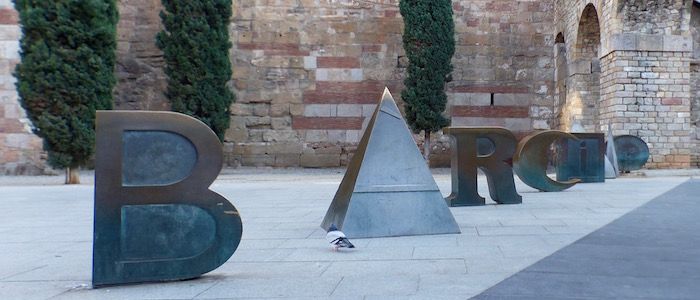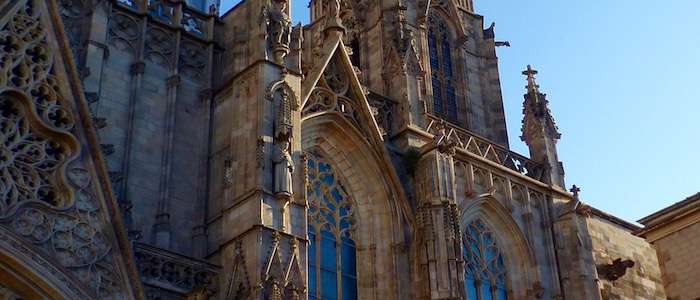
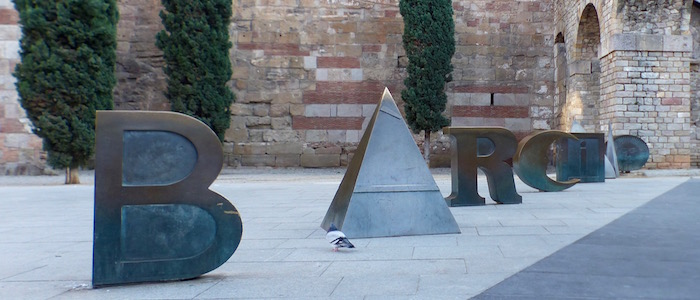
Barcino the Latin name is the start point for a Barcelona self-guided tour.
Point of interest (0) Escultura Barcino, Plaça Nova, 40 It is and self-guided tour in Barcelona
A magical adventure in the city of Barcelona. With the help of a guide in your own language, you will live an unforgettable experience. “El Sereno” is a fabulous tour; this leaflet will help you to remember the main historical dates. The streets are the stage, and participants become true citizens of the Barcelona of the Middle Ages. So, buildings and objects will talk to you about the scenes lived and imagined over time. The old and wise man “El Sereno” will be guided to you, who transmits the legends that have forged the identity of the city of Barcelona.
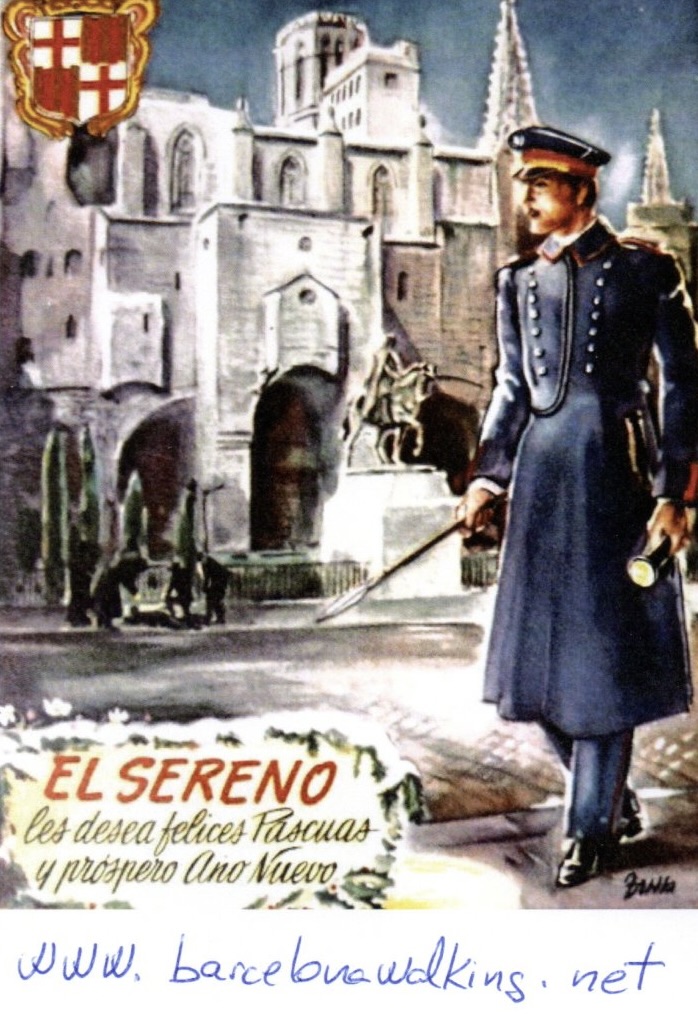
Mythology
Greek mythology tells us that Hercules, after building the Pyrenees mausoleum in memory of his beloved Pyrena, sailed with nine boats through the Mediterranean Sea to the coast near the hill of Montjuïc. A powerful storm destroyed the fleet, and only the last ship managed to reach the coast. So, Hercules founded a city called Barca-Nona which means the ninth ship. Barcino was the name of this city in Roman times.
On the right of the square, we can see the letters Barcino. These letters are part of the alphabet created by the poet Joan Brossa, and represent the name “Colonia Lulia Augusta Faventia Paterna Barcino”, the first name given to Barcelona. Barcino was the origin of present-day Barcelona. Moreover, the six letters make up a fun and original display; due to, each one is a work of art, and as a whole they create an interplay with the perspective and their surroundings in a contrast of past and present.
As I said, this square is full of contrast; pay attention to Picasso’s drawings. The creation of these frescoes in 1962 caused controversy in conservative media and the church hierarchy, meanwhile, who did not appreciate this exiled artist who openly opposed the Franco dictatorship. As a result, they demanded suspension of the project because of its proximity to the Cathedral. Due to, Picasso was in exile in Paris and could not come back to Spain because of his opposition to the Franco regime. So, He drew the frescoes on paper, and a Norwegian sculptor and photographer transferred the drawing to the cement slabs with a pressurized sandblaster. Let’s go for this self-guided tour in Barcelona.
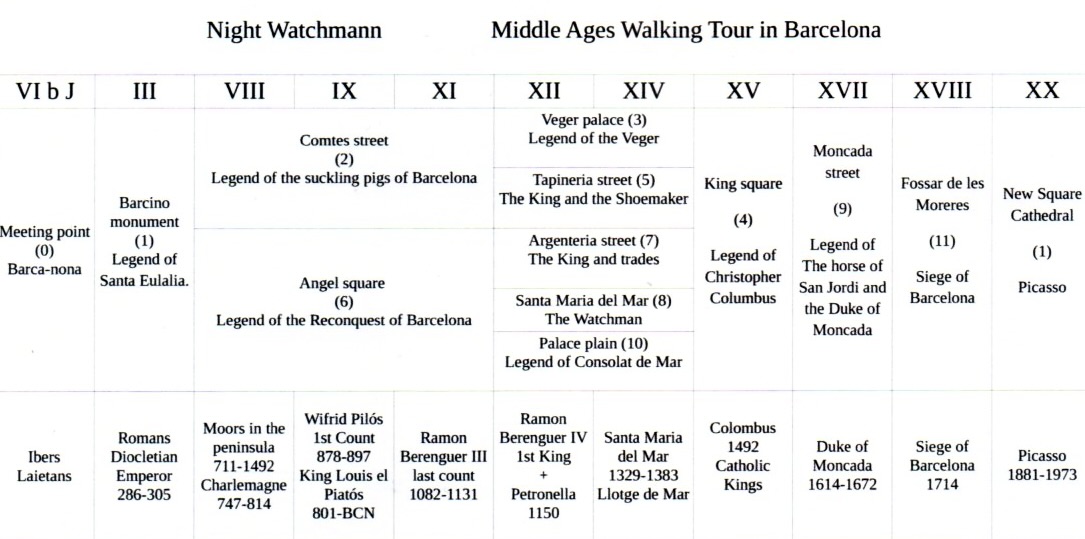
Category: Barcelona walking, Self-Guided Gothic BCN Tags:
Contact and Booking
Mobile: +34649970408 pere.sauret10@gmail.com
Experiences
Hiking Walking Rock-climbing
Donate
Copyright © 2025 · All Rights Reserved · BarcelonaWalking Barcelona Hiking Barcelona Montserrat Costa Brava Pyrenees
Adventure Theme by Organic Themes · WordPress Hosting · RSS Feed · Log in
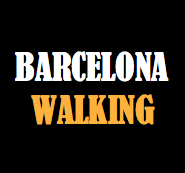 BarcelonaWalking Barcelona Hiking Barcelona Montserrat Costa Brava Pyrenees
BarcelonaWalking Barcelona Hiking Barcelona Montserrat Costa Brava Pyrenees